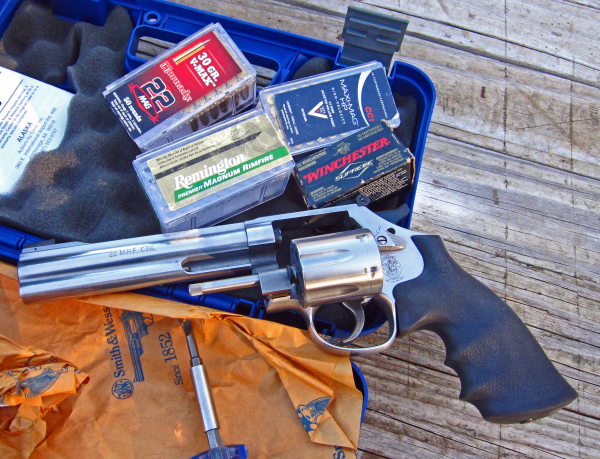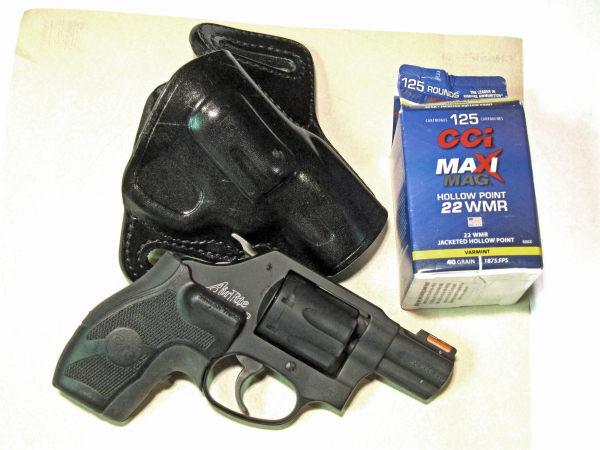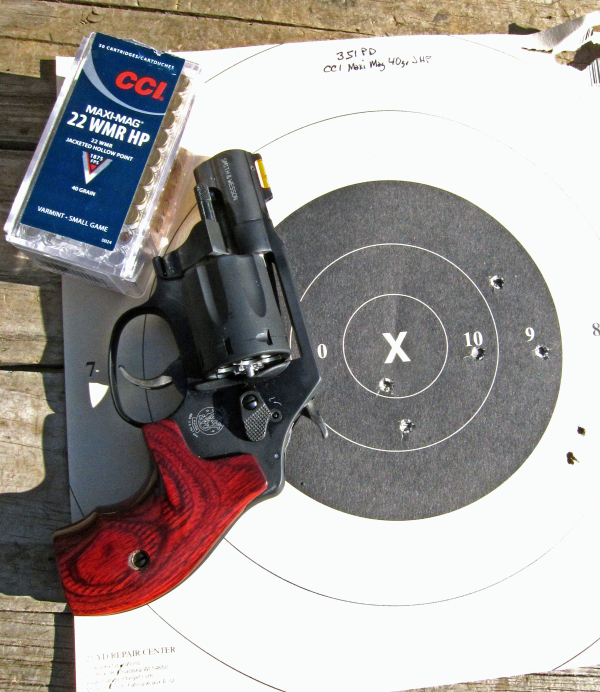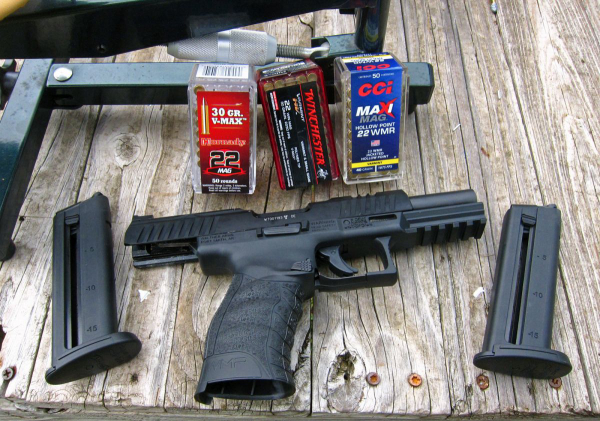
When I was young, beginning a life with firearms, I was schooled on the nomenclature of the 22 rimfire cartridge. It was explained that the 22 Short, common in those days, was a soft-shooting, relatively cheap cartridge with little power. The 22 Long had similar ballistics, but the longer case minimized the mess in the Long Rifle size chambers left by the shorter 22 Short. The 22 Long Rifle, now a de facto standard for rimfire rounds in the US, had the longer cartridge case and more power relative to its little brothers.

I saw some 22 Magnum at the old gun shop and a malingerer piped up, “It don’t fit your 22, sonny. It’s the same thing, just costs too much.”
As I found out, much later, that individual was no hunter. The 22 Magnum is a rimfire cartridge, with a bore diameter in the same ballpark as earlier 22 rimfire rounds. Aside from that, there’s little real similarity.
Earlier 22 rimfires featured a “heeled” bullet, with the outside diameter of the projectile was outside of the brass. The 22 Magnum has a longer case with a larger diameter. The bullet, like with nearly all centerfire rounds, has its outside diameter within the case. This allows use of a truly jacketed bullet – mostly a lead core inside a copper jacket. The 22 LR has a lead bullet, though it may be copper washed or coated.
As a result, the 22 Magnum brought out by Winchester in 1959, was loaded hotter. You could expect a 40-grain pill to exit a rifle barrel at around 2,000 fps – vastly greater than a 22 LR out of the same length barrel.
Time passed, as time does, and this round never went away. It lacks the popularity of the 22 LR – which is the 800-pound gorilla in the rimfire room. But something happened.
Originally chambered in rifles, it was Smith & Wesson (I believe) that first chambered a handgun for the load. I had a S&W Model 617 for which I sourced a S&W Model 648 (22 Magnum) cylinder. A friend at S&W not only saw to the cylinder being added to the 22 LR revolver, but had the barrel remarked “22 M.R.F. CTG.”
But the 22 Magnum load is largely made for rifle barrels. So how much do you get from 22 Magnum in handgun barrels?
I excluded handgun specific loads, like the Critical Defense from Hornady and the Speer Gold Dot, concentrating more on range- and hunting loads.
I elected to start with the micro-Model 351 PD from S&W for the short-barrel revolver and move to the RugerSuper Wrangler, with a 5 ½” barrel to compare velocities. I also had access to an autoloading pistol, the Walther – WMP. It has a 4 ½” barrel, but it has no flash gap. It’d be interesting to run the numbers to see what happens.
The M351 is a seven-shot, 11.2-ounce revolver with a sub-2” stainless steel barrel mounted in an aluminum barrel shroud.

With the M351, the CCI Maxi-Mag generated 1,033 fps. This isn’t bad for a 40-grain bullet from that short a barrel. The ‘premium’ packed MaxiMag, likewise a 40-grain JHP, was marked 1,875 fps on the box. This is likely from a rifle. Back in 2020, I shot the same ammo, from a fifty-count box, out of the same gun. The average velocity from the conventional chronograph for CCI Maxi-Mag 40gr JHP was 1,073 fps.

The Super Wrangler averaged 1,516 fps – solidly in rifle territory for some 22 LR high velocity rounds. I’ve also fired Hornady 30 grain V-MAX from the Super Wrangler, where it averaged 1,859 fps, a screamer.
The WMP averaged 1,407 FPS with CCI Maxi-Mag in its current loading. An older batch of Maxi-Mag averaged 100 fps faster, putting it slightly faster than the longer Ruger revolver.

Against Walther’s advice – they have a list of recommended ammo and Hornady 30 grain V-Max isn’t one of those -- I shot it anyway. While it was quite accurate in the magazine fed cannon, feeding, extraction and ejection were less than stellar. The load achieved 1,817 FPS average velocity – and that’s nothing to sneeze at from a pistol. That load runs at or a little over 2,200 feet-per-second from rifle barrels.
There’s a difference and it’s not nothing. Is the 22 Magnum a good load for handguns?
If you’re a field shooter or someone with physical issues that can’t handle a larger defense caliber, the 22 Magnum is a good choice.
— Rich Grassi
